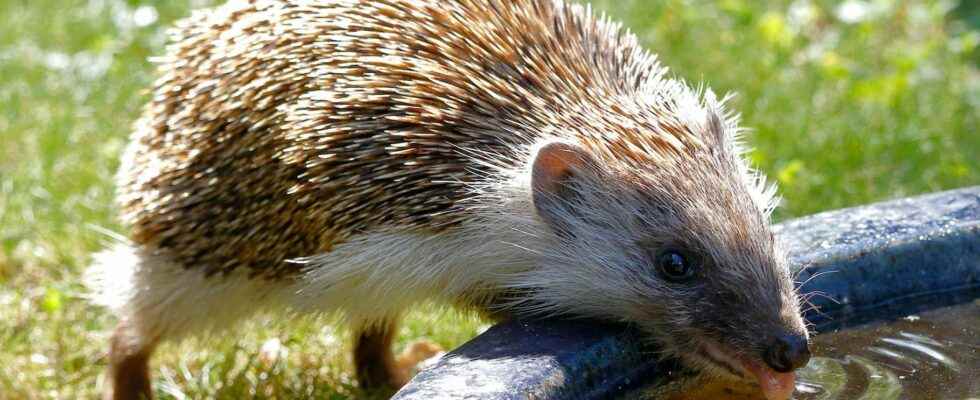When temperatures rise, we are not the only ones to suffer. Animals can also find it difficult to bear it. Even more when it comes to heat waves. With temperatures that do not drop enough at night. But there are a few gestures that can help the animals in our gardens to pass the course.
You will also be interested
[EN VIDÉO] Wild animals in the face of global warming Even very slight changes in climate can strongly affect the biodiversity of an area, and even lead to the disappearance of animals. This is why the CLS, which specializes in the protection of wildlife, strives to monitor vulnerable species such as the king penguin or the elephant seal on a daily basis and by satellite. Here is a video overview of the work carried out in the Arctic .
In recent years, heat waves – or waves of heat extremes – are becoming more and more frequent. Worldwide and in France. Global warming obligatory. High temperatures that are difficult for us to bear. Also for animals. Our dogs and our cats, sure. The animals that live in our gardens too. But, thanks to a few small gestures, we can help them.
Water for garden animals
To cope with a heat wave – strong heat or a drought intense – the most important thing is water. Specialists therefore recommend offering animals in our gardens some points in which they can come to water. Even cool off. A plate placed under each flowerpot, for example. It will retain some water, not only for birds, but also for insects. Bees and dragonflies need it, in particular. Be careful, however, that this water – or any other that you could have in your garden – does not become a mark to mosquitoes.
For this, it will be better to change it every day. This is even more important if the water you put in a small bowl is intended for hedgehogs. First think about burying it slightly to prevent them from knocking it over. And keep it cool to prevent these particularly sensitive animals from catching diseases when they come to drink your water.
In the same vein, it will be a shame if animals that come to drink the water that you make available to them drown there. So remember to place a few stones or planks in your bowls so that they can come out safely.
Garden animals seeking shade
The other sensitive point in the event of a heat wave – or extreme heat -, for humans as for animals, is theshadow. To help the animals that have taken up residence in your garden during the summer, avoid mow too often and too close. Tall grass is a good refuge for insects. Just as thick hedges and trees are for others like birds or squirrels, for example. By covering your soil – or at least part of it – with mulch, you will also be able to retain some humidity that worms and insects could appreciate.
Also remember, quite simply, to place our bowls of water in the shade. To allow the animals to quench their thirst while enjoying a bit of freshness.
On the other hand, be aware that even in periods of high heat, it is not recommended to feed wild animals. Because for them, the best food remains that which they can find by themselves, in our gardens or in our forests.
And if you find an animal in distress in your garden, remember that for him, you are above all an extremely stressful predator. You can try to shelter it from Sun, in a cooler place, and give it water. But, the best thing to do is still to contact a veterinary, a health center or a shelter near you for the right advice. Turn, for example, to the French Union of Centers of backup of the wildlife savage. Because each animal has its particularities and you cannot improvise as a caretaker.
Interested in what you just read?
